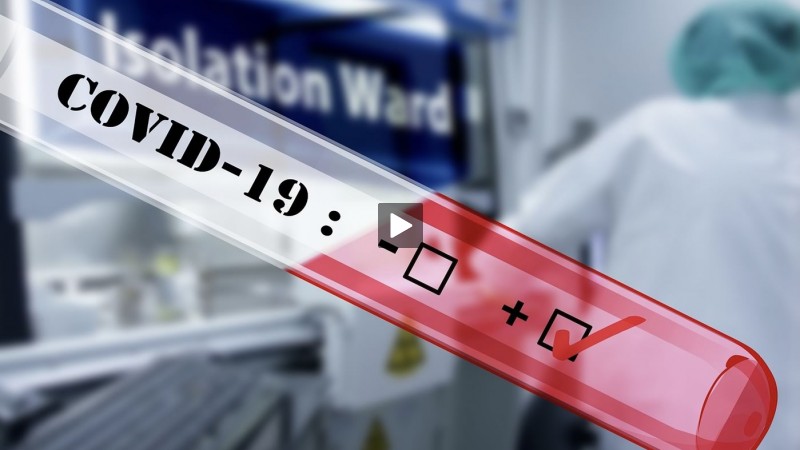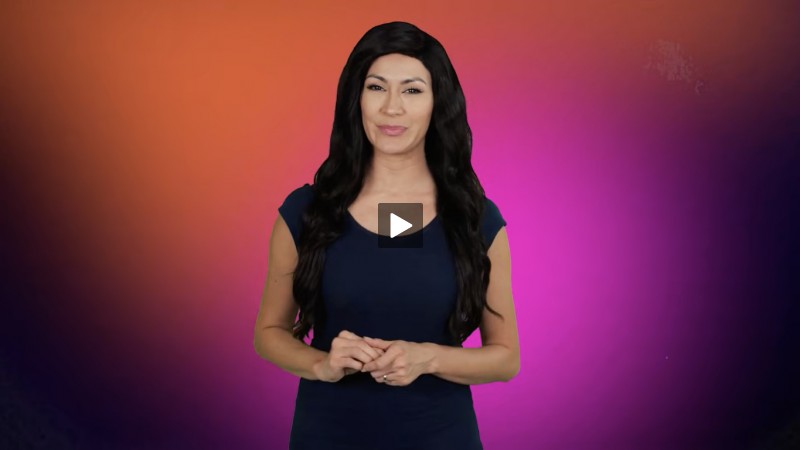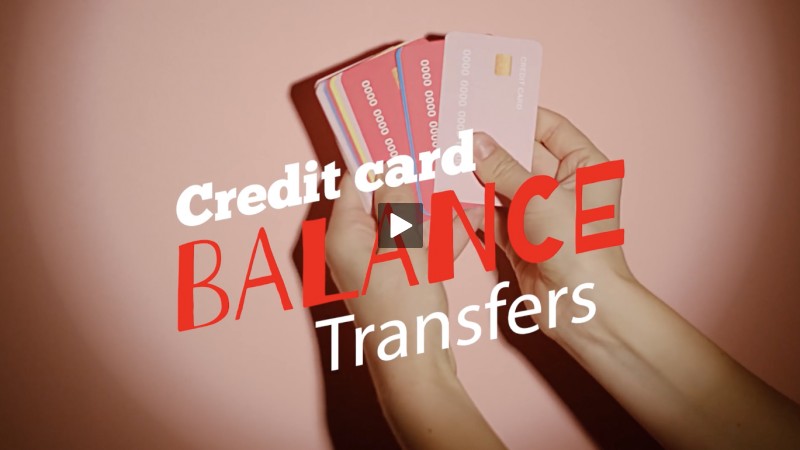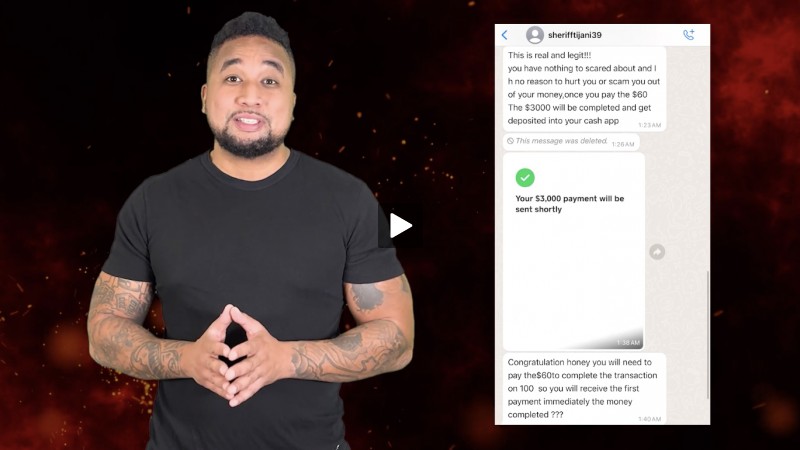What You Need to Know About Mortgage Forbearance
- Detalles
- Escrito por Remar Sutton
- Categoría: Articles
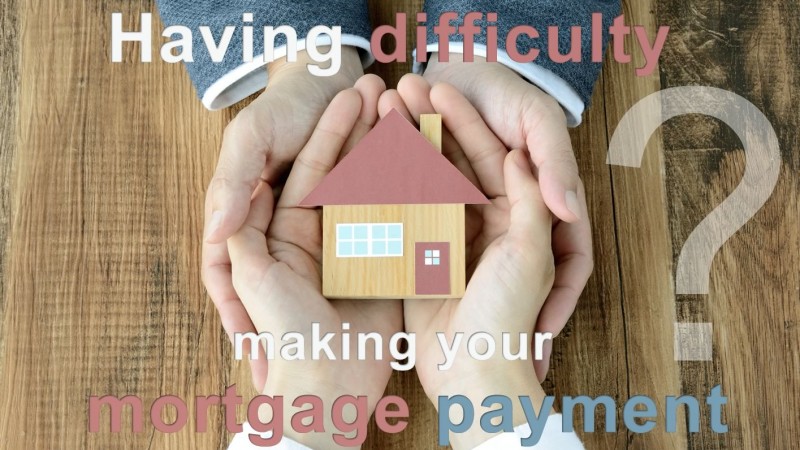
What is mortgage forbearance? It is typically the suspension or a reduction in your mortgage payment for a specific period of time.
This is not forgiveness since you must pay the amount of the skipped or reduced payments, plus any interest that accrued during the forbearance.
If you are having difficulty making your mortgage payment, you have options. Don't just stop making payments.
The CARES act passed in late March 2020, allows borrowers with federally backed mortgages to request forbearance for up to 180 days, with an extension for another 180 days. It also specifies that the lender may not charge any fees, penalties or interest above the amounts charged for full on time payments. Lenders may not report late or missed payments to credit bureaus if you are in a forbearance program.
Forbearance Is Not Granted Automatically
You will need to talk to your mortgage lender. You may find forbearance information in your online account or on your lender's website. You can also find their contact information in your monthly statement. Even if your mortgage is not federally backed, forbearance may still be an option.
Your mortgage lender can tell you if your mortgage is federally backed, though it can be smart to double check. You may find the information in your mortgage documentation. You can also use the lookup tools provided by Fannie Mae and Freddie Mac since they back over half of U.S. mortgages. Mortgages guaranteed or insured by the Department of Veteran Affairs (VA), Department of Agriculture, and the Department of Housing and Urban Development (HUD) are included.
Repayment Options after Forbearance Ends
There are several possible options for repayment after forbearance ends. These include:
A loan extension where the payments are added to the end of the loan.
A lump sum payment, also called a balloon payment, of the entire forbearance amount. Federally backed mortgage will not require a lump sum payment.
A short term repayment plan where the forbearance amount is repaid over a specified number of months. For example, 6 or 12 months.
A loan modification that changes the term of the loan and the monthly payment.
Before entering into a forbearance agreement, read the terms and get them in writing. If you no longer need forbearance, it can be halted at any time.
If you enter a forbearance agreement, review your credit report often to verify that your lender is continuing to report your account as current as required by the CARES act. You can check your credit reports weekly for free at annualcreditreport.com through April 2021.
Bottom Line
If you are having difficulty making your mortgage payment, you have options. Don't just stop making payments. Talk your lender. There may be other mortgage relief options available through your state or lender.

















